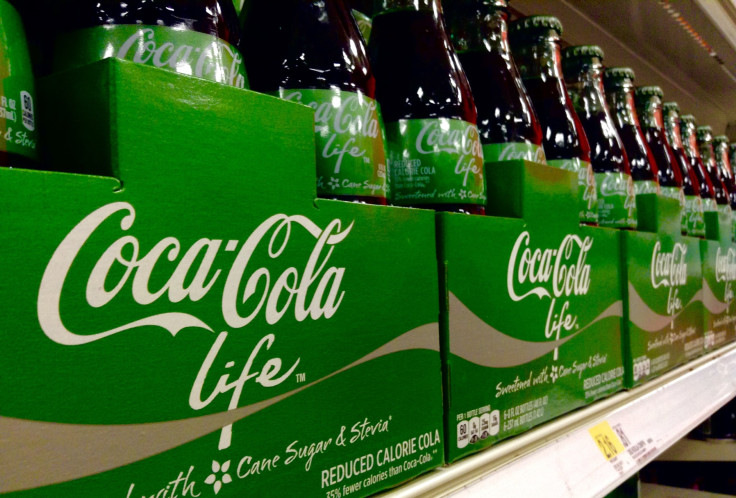Food Scientists Fix Stevia's Bitter Taste; Beverage Industry May Turn To Stevia As Sugar Replacement

Sugar has become a largely villainized food additive, and as consumers look for an alternative route to satisfy their sweet tooth, the non-calorie sweetener stevia has been making its way onto the market for some time now. But it wasn’t without drawbacks because the plant derived “candy leaf” came with a bitter aftertaste. Recently, however, food scientists at Cornell’s International Crops and Weed Garden discovered the part of stevia that stimulates the bitter receptors on the surface of the human tongue. Their findings, published in the journal Food Chemistry, revealed a way to improve the sugar replacement’s one bitter tasting drawback.
“The food industry constantly evaluates and uses several alternate high-intensity sweeteners to duplicate the taste of sugar, usually with no calories,” said study lead Samriddh Mudgal, a researcher at Cornell’s plantation, in a press release. “Growing demand for natural ingredients have led to the rising popularity of steviol glycosides, which are natural sweeteners extracted from stevia leaves. They’ve been in use for centuries in South America.”

Previous research has focused on trying to mask the bitter taste, but Mudgal and his research team targeted rebaudioside A, known as “Reb A.” It’s the component that tantalizes the tongues sweet receptors but also some bitterness that experts believe was limiting stevia’s commercial potential. Instead of using chemicals, scientists just modified Reb A enough to make it unrecognizable to the human tongue’s bitter receptors. They tested the newly engineered stevia in orange juice and were pleased to taste only sweetness and none of the bitterness it used to activate on the tongue.
Stevia’s full name “stevia rebaudiana” is a leafy green plant found in Paraguay and Brazil, and has been used not only as a sweetening agent, but also in traditional medicine as a treatment for burns, colic, stomach problems, and contraceptive. The part of the plant that makes it sweet is steviol glycosides, and although it's 200 times sweeter than sugar, it doesn’t cause a spike in a person’s blood sugar levels, making it an attractive, natural sweetener for diabetics and other people who have carb-controlled diets. For that reason, the research team believes the beverage industry, along with dressings, sauces, soup, and dairy manufacturers, may turn to stevia as the main sweetening agent in place of sugar.
Added sugar, by contrast, is responsible for 350 extra calories in the average American’s diet. Finding a sweet, no-calorie alternative is becoming more sought after as the country’s waistline continues to grow. According to the Centers for Disease Control and Prevention, childhood obesity rates have doubled and tripled among children and adolescents respectively, which is likely to grow up into an exponentially larger generation of obese adults.
"As rising levels of obesity and diabetes continue to generate headlines, there has never been so much emphasis on reducing our caloric intake as well as consuming healthier foods and beverages," said Davide Deiana, senior market intelligence consultant at food and drink consultant firm Zenith. "After persistent efforts by key producers, which led to widespread legislative approval, stevia is finally being recognized for its natural, zero-calorie, sweetening properties."
Before the reengineering, stevia sales were predicted to increase from a market value of $304 million in 2014 to $409 million by 2016. The bitter aftertaste was the one thing holding it back from taking over the sweetener market, and now that it’s been naturally removed, it may do just that.
Source: Mudgal S, Keresztes I, Feigenson GW, and Rizvi S. Controlling the Taste Receptor Accessible Structure of Rebaudioside A via Binding to Bovine Serum Albumin. Food Chemistry. 2015.
Published by Medicaldaily.com



























